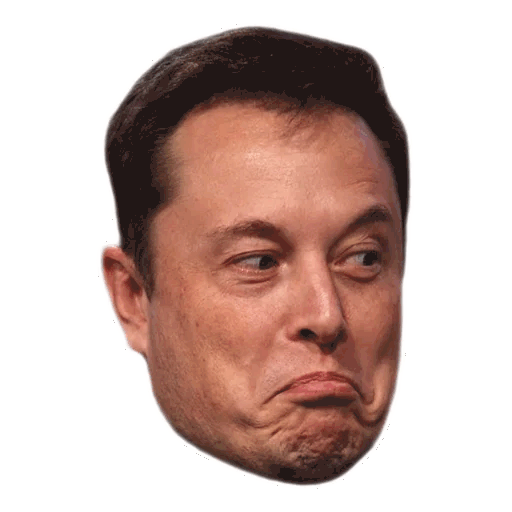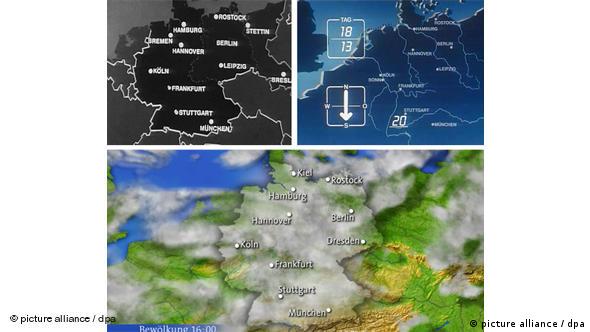

Yeah fair enough. Japan has great rail, I’m just frustrated that prestige projects like HSR seem to be everyone’s focus.
HSR is important, but local trains and freight trains are equally as important even though they get much less attention.
Hi!
My previous/alt account is yetAnotherUser@feddit.de which will be abandoned soon.


Yeah fair enough. Japan has great rail, I’m just frustrated that prestige projects like HSR seem to be everyone’s focus.
HSR is important, but local trains and freight trains are equally as important even though they get much less attention.



In my European mind, a BAC of 0.26 refers to a BAC of 0.26‰ which is fairly low, due to the lack of units.
But it referred to a BAC of 2.6‰, which is extremely high.


2.6‰ for us Europeans btw, America uses %
0.26‰ would only be slightly drunk with minor impairments, with that BAC you should be able to correct most “autopilot” mistakes


But Switzerland has these tiny local stations too.
For example, this one:
https://en.m.wikipedia.org/wiki/Alp_Grüm_railway_station
It’s a tiny station with 440 passengers per weekday - yet it seems that two train lines, one of which is hourly stop there. Most of the passengers are likely commuters, so the bulk of all passengers will be during morning and evening rush hour. Outside these hours, hardly anyone uses this station I believe - yet trains still stop there.
(Note: I have just searched for “Least used train stations Switzerland” and picked a random result, this might be an exception. But it goes to show that stations with few passengers still get a lot of connections.)


Ew that’s disgusting


Switzerland has:
While I haven’t travelled in Japan by rail (or any other mode), I have been to Switzerland. From what I’ve heard, in Japan there are many smaller local stations, where an ancient train arrives a few times a day.
Whereas in Switzerland, it seems like nearly every local station has at least one train per hour.


Switzerland.
Japan has outstanding high speed rail but that’s pretty much it. Local train servives are, from what I’ve heard, subpar in terms of frequency. The share of goods transported via rail is also comparatively low.
Check out these numbers and sort by each colum, Switzerland is always near the top (for population/size adjusted values)


That’s a tautology when talking about any potential American president
Hardly anyone supports painting/blocking private jets. Remember, nearly everyone believes they’re just temporarily embarassed millionaires.


Imagine if the algorithm were in Θ(n!²), that would be even worse
Only flooding has an appropriate name it seems
I can’t be racist because human races do not exist, I just hate certain ethnicities.


_ more ethical
|
|
|
|
|
|
|
|
|
|
|
|


Doesn’t stop male bed bugs


Eh, no.
Western Germany recognized the border between Poland - the Oder-Neisse line in 1970.
Additionally, while Western Germany recognized the GDR was its own state - starting 1972 - they didn’t recognize its right to exist under international law. The German constitution stated up until the reunification:
The whole German People remains compelled to fulfill the Unity and Freedom of Germany by virtue of its right to free self-determination.
This implied there was only one Germany, in area and population greater than just Western Germany.
Also, German public broadcast used the upper left map for weather reporting up until the 70s, when they switched to the one on the top right without any borders. After the reunification, the bottom one was used:

Additionally, reunified Germany put numerous GDR leaders and a few soldiers on trial for murdering those trying to flee the GDR. However, the courts had to argue with the GDR’s constitution - which fortunately for the courts was quite the self-contradictory document.
It’s only ugly because you aren’t used to it.
Also, both systems make equally as much - or little - sense. Math notations is just using whichever symbol is commonly available and easy to write without asking whether it makes logical sense.
Are you complaining that the factorial operator makes no logical sense either? Or the “#” symbol for the cardinality of a set?
Wieso? Das Zentralnetz ist mittlerweile ja ziemlich zentralisiert. Schmeiß Wolkenleuchtsignal, Amazonas Netz Dienste und 10^100 mal für einen Tag raus und schau wie so beinahe alles zusammenbricht.
Wow 1/600 aller Nudeln sind auf Füttertees Lassmich
It’s making fun of Americans who believe that children who go trick or treating are getting candy laced with fentanyl.